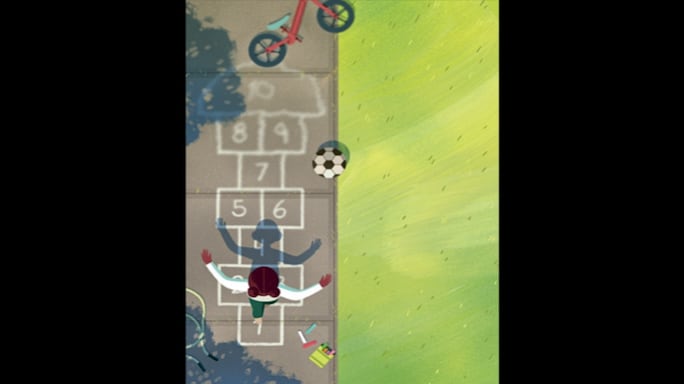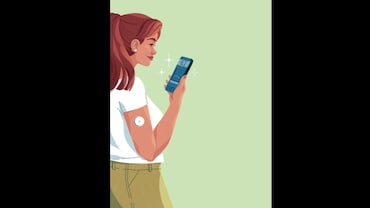- HOME
- /
- Health & Wellness
- /
- Health
- /
Eye Health Epidemic
What’s behind the sharp increase in short-sightedness?
 illustrations by Kate Traynor
illustrations by Kate Traynor
The World Health Organization (WHO) estimates that nearly two billion people have myopia, or short-sightedness, and predicts that this figure will likely reach 3.3 billion—about half of the world’s population—by 2050. It’s clear that our vision is becoming increasingly blurry, but researchers are only now beginning to understand why.
Generally a childhood phenomenon, myopia happens when the eyeball grows too long from front to back, taking on more of an oval shape versus a sphere. Eyes have a ‘stop signal’ so that they grow proportionally with the head, explains Gregory Schwartz, an associate professor at the Departments of Ophthalmology and Neuroscience at the Feinberg School of Medicine at Northwestern University.
However, that signal can be interrupted by genetic and environmental factors, which leads to our eyeballs growing a bit too much, making them too big for the optics (the lens and the cornea, which are responsible for focusing your vision).
The mismatch between the eyeballs and the optics leads to far-off objects looking out of focus. Telltale signs you might have myopia also include headaches, as well as eye strain and tiredness when doing certain activities such as driving or playing sports.
While our first instinct is to blame the increased use of screens, experts believe the real reason is not that, exactly, but it’s related: namely less time spent outdoors. Natural light is essential for healthy eye development, says Schwartz. A 2017 study published in JAMA Ophthalmology found a correlation between increased UVB exposure and a decrease in myopia, particularly in children and young adults. Exposure to natural light stimulates dopamine, which helps regulate normal growth and development of the eyeball. Indoor lighting doesn’t do the trick. Ideally, kids should get at least two hours of natural light a day.
That said, our increased use of screens is a problem. Most screens are high contrast—like black text on a white page, or light text on a dark background, says Schwartz. It’s still a theory, but some scientists think that the contrast of reading a book or looking at a bright screen in a dark room might be overstimulating our retinas, causing more eye growth in children.
A 2018 study in Scientific Records analyzed the retinal pathways when looking at black text on white backgrounds compared to natural environments, and concluded that the contrast could stimulate myopia. Close work, like reading and looking closely at screens, has also been shown to cause myopia.
Researchers are working on ways to slow down rising myopia rates. A clinical trial at Ohio State University found that eyedrops with a low dose of atropine can slow myopia in kids. There’s also some early evidence that a type of contact lenses called peripheral defocus lenses might stop nearsightedness from worsening.
Most people’s vision will stabilize in their teens, but some people develop myopia later in life, typically between ages 20 and 40. Blurry vision isn’t the only downside; people with myopia are at a higher risk of developing eye issues as they age, such as glaucoma, early cataracts and macular degeneration.
That’s why regular eye examinations are important. You can also reduce eye strain by making a few simple lifestyle changes, such as ensuring that you are reading or working in good light (soft background light, plus a task light), choosing nonglare screens for your computer or TV and taking frequent breaks.
“When we spend time looking at a screen, our blink rate decreases from the typical 18 times per minute to six to eight times per minute. This results in significant dry eye and irritation,” says Yuna Rapoport, a board-certified ophthalmologist at Manhattan Eye in New York City. She recommends following the 20-20-20 rule when using your computer: Every 20 minutes, look 20 feet away for 20 seconds.
She also says that dry eyes and irritation can be treated with over-the-counter eye drops, ointments or prescription medications. And, of course, always wear your contacts or eyeglasses as prescribed.






